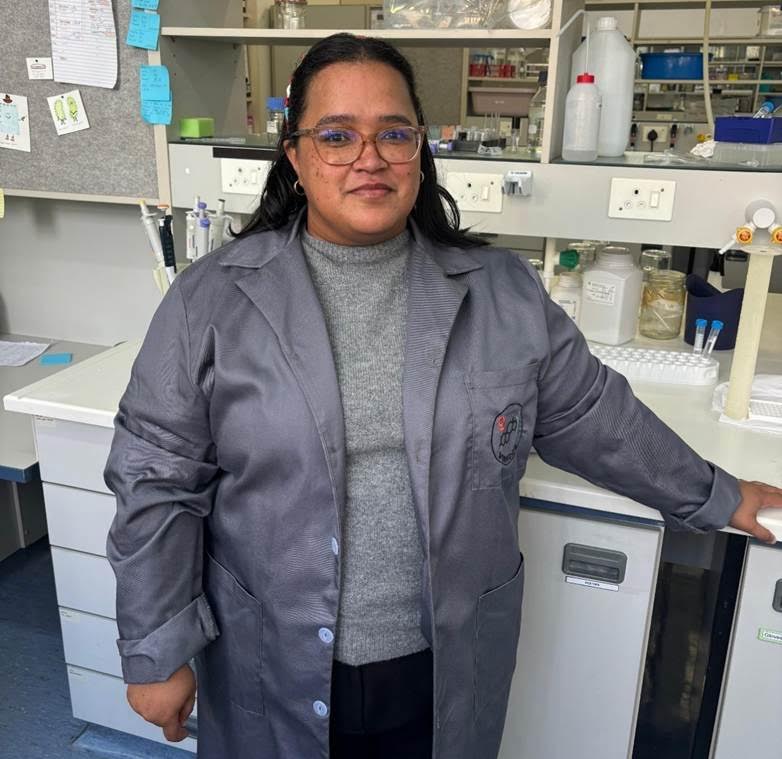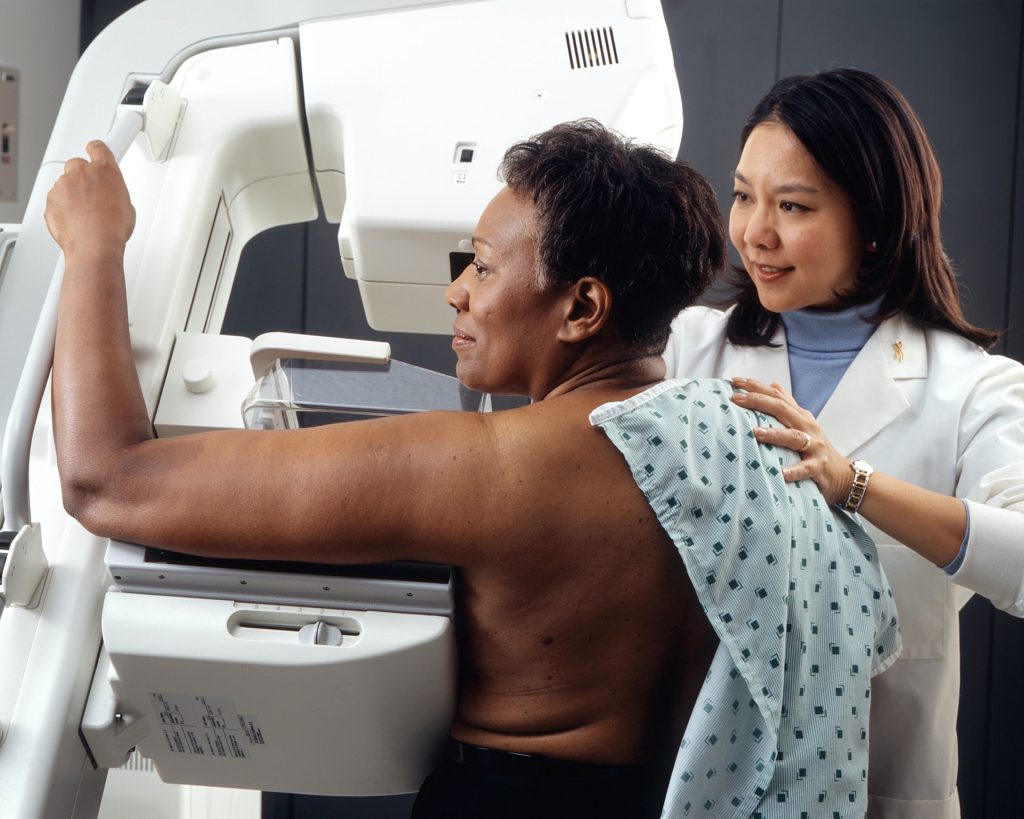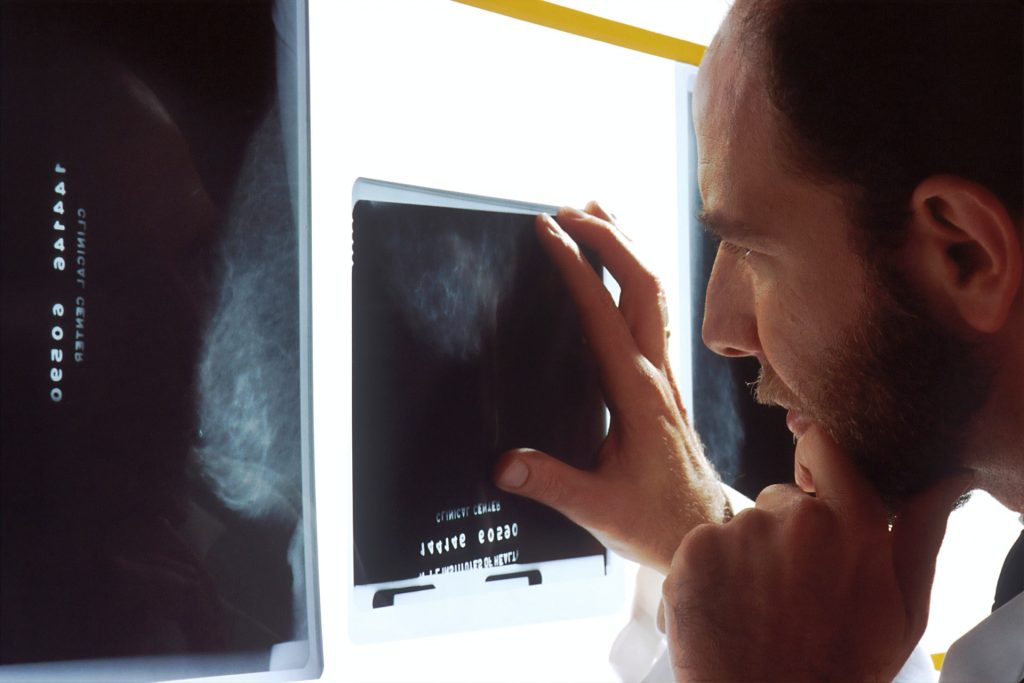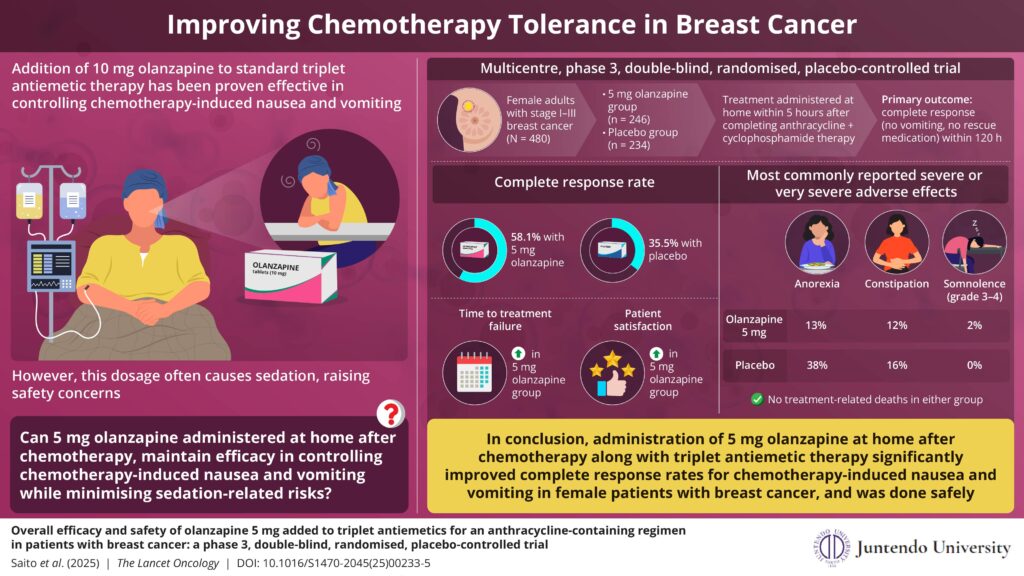Hope Blooms in Durban – A Spring High Tea with Purpose

October is Breast Cancer Awareness Month, and what better way to celebrate than with floral elegance, an exquisite high tea, motivational speakers, and a live auction – all in the spirit of hope and healing.
On Saturday morning, 25th October 2025, at 11 am, PinkDrive will host their Hope Blooms High Tea at the Radisson Blu Hotel, Durban Umhlanga, a time of spring celebration and impactful fundraising. And you’re invited!
PinkDrive is a non-profit organisation (NPO) committed to prolonging lives through early detection of gender-related cancers. They operate mobile health units – those iconic pink trucks – that travel to rural and township areas to provide essential screenings to those who lack or have limited access to adequate healthcare.
Recent Rio Tinto outreach statistics highlight the urgent need for such interventions. In just one week in KwaZulu-Natal, 2251 health services were rendered, including 146 mammograms and 141 clinical breast examinations.
PinkDrive receives no government funding, relying entirely on donations, corporate partnerships, and community support to sustain its essential work. Among these partners is Lee-Chem Laboratories through their Mandy’s brand.
“This cause is deeply important to us – we’ve proudly supported PinkDrive for many years as a long-term corporate partner because of the difference they make in communities that need it most,” says Bhavna Sanker, Marketing Manager at Lee-Chem Laboratories. “It is a privilege to stand alongside them in their efforts to promote early detection and prolong lives. The Hope Blooms fundraiser perfectly reflects our shared commitment to raising awareness, providing crucial screening, and ultimately bringing hope where it’s needed most,” she explains. “We therefore want to encourage the public to also get involved by purchasing a ticket and enjoying an uplifting morning in support of PinkDrive’s vital work.
According to Janice Benecke from PinkDrive, corporate sponsors and partnerships, like that of Mandy’s, enable them to deliver this essential community service. “Mandy’s has been a proud supporter of PinkDrive for many years, generously providing branding, hampers, and product samples, along with an annual donation,” she says. “Through sponsored events like Hope Blooms, we hope to inspire further partnerships and support for our mission.”
Dr Marion Algar, Clinical Oncologist at Hopelands Cancer Centre specialising in breast cancer treatment, and Advocate Pria Hassan, founder of Women of Africa and champion of accessible healthcare through initiatives like iBreast, will share their insights as guest speakers. The elegant affair will be hosted by the lovely Delia Kroll, Mrs SA 2024 finalist, and attendees can also look forward to a welcome drink, networking opportunities, raffle prizes, gift bags, and an exciting live auction. Proceeds will go towards supporting PinkDrive’s free services, including clinical breast examinations, education, pap smears, and funding toward a new mammogram truck. Last year’s event raised R25 000; this year’s goal is to double that amount through your support.
“Hope Blooms reflects the courage, resilience, and renewal that come with a breast cancer journey,” notes Benecke. “Just like flowers that bloom after winter, it’s a reminder that through awareness, support, and love, hope always finds a way to grow.”
She concludes: “We want everyone to leave with this key message, and it’sa motto that I live by: ‘Only Believe, All Things Are Possible.’ Just look at me, I am a walking miracle.”
Tickets are R695 per person with a floral dress code. 10% of proceeds go directly to PinkDrive, and bookings can be made at info.durban.umhlanga@radissonblu.com. So why not consider purchasing a corporate table, inviting members from your sports or social club, or coming along with friends to enjoy a morning of elegance and purpose?
We look forward to welcoming you.












